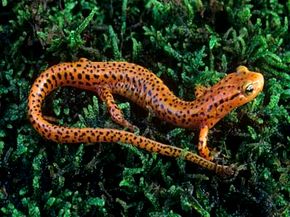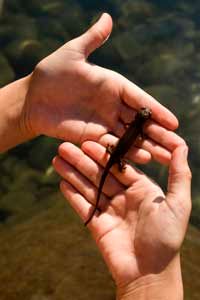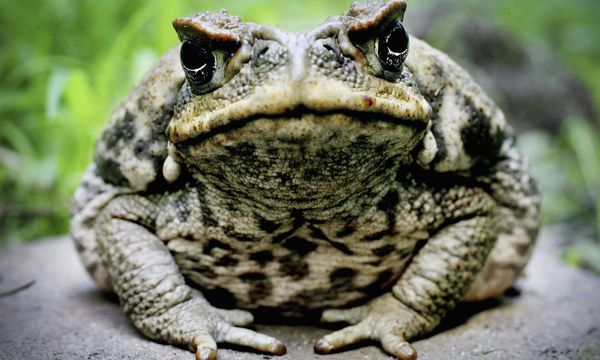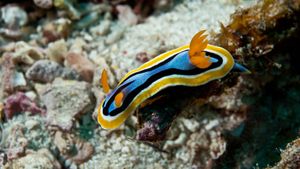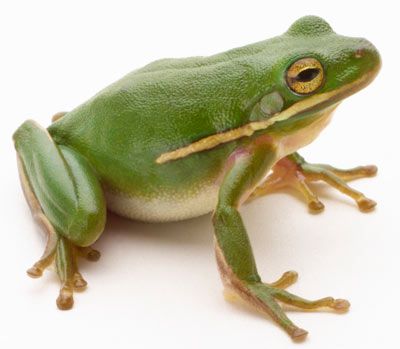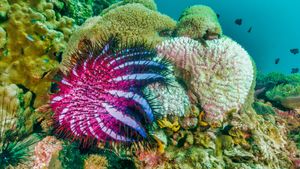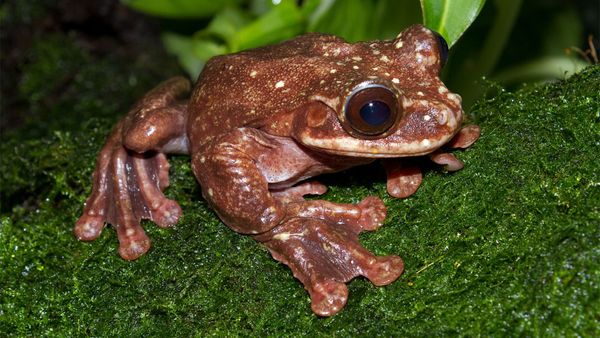American military armor is better designed than ever before to protect soldiers on the battlefield from being killed. While that has drastically lowered the number of U.S. soldier casualties in the wars in Iraq and Afghanistan, thousands of soldiers are returning stateside with serious burns, missing limbs and other debilitating injuries. To improve treatment options for the veterans, the Pentagon recently announced its plan to devote $250 million to research on regenerating human skin, ears and muscles for injured soldiers [source: Reuters]. Part of that funding will also establish the Armed Forces Institute of Regenerative Medicine that will focus on human limb regeneration, among other things.
Limb regeneration doesn't mean growing arms and legs in test tubes; instead, it means that a person would actually regrow a limb. Scientific evidence indicates that humans have the potential for limb regeneration in our genes, but those genes are dormant in our bodies [source: Kotulak]. Human embryos, for instance, can regrow limb buds in the womb [source: Muneoka, Han and Gardiner]. And a in Cincinnati, Ohio, regrew a fingertip after accidentally slicing it off in 2005. But when you lose an entire limb, the body reacts by covering that wound site with thick scar tissue to ward against infection.
Advertisement
To figure out how we might be able to reignite that genetic potential for limb regeneration, researchers are starting small -- with mice. But they aren't having to work entirely from scratch to track down how an organism could regrow something. They're looking to the salamander as their model.
Salamanders are part of the amphibian family, members of which are cold-blooded and have an additional skin covering of feathers or fur. Different species of salamanders are either terrestrial or aquatic and are the only amphibians with tails. In case they lose that precious tail, salamanders can grow it back. They're the highest order of animals capable of regenerating body parts, including their tails, upper and lower jaws, eyes and hearts.
How does this relatively simple creature perform a science-fiction style anatomical magic trick?
Advertisement
